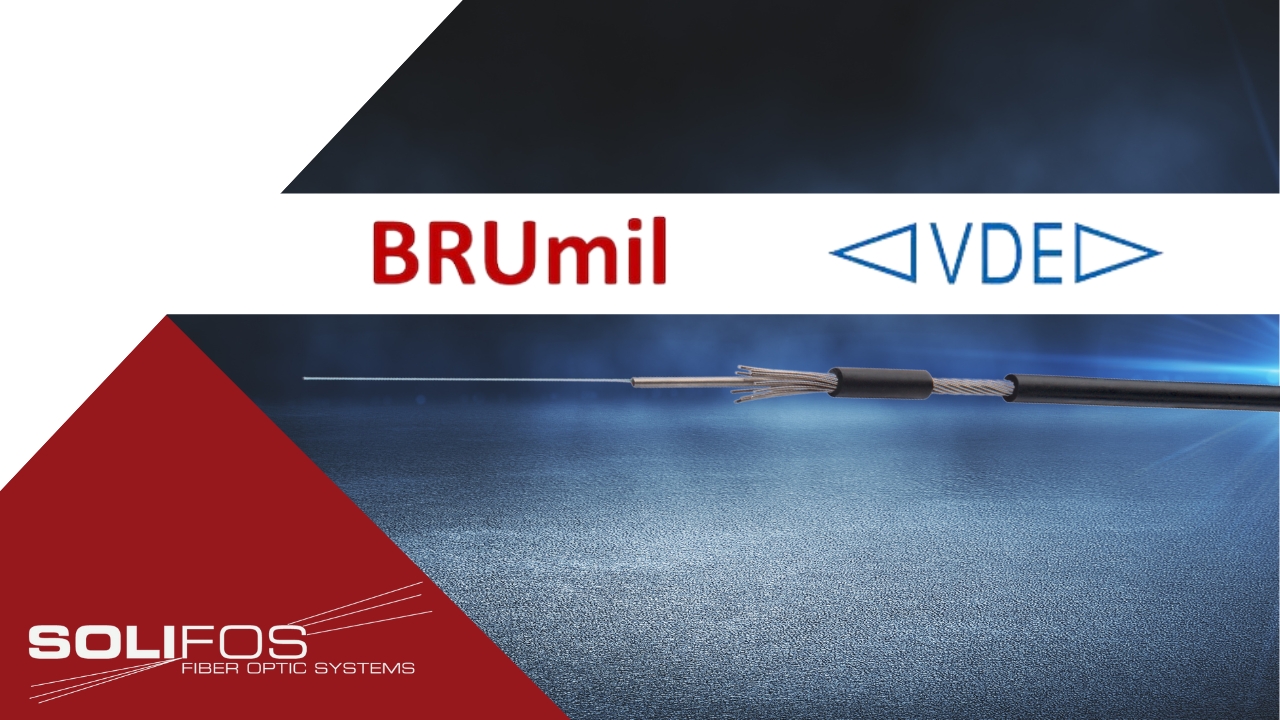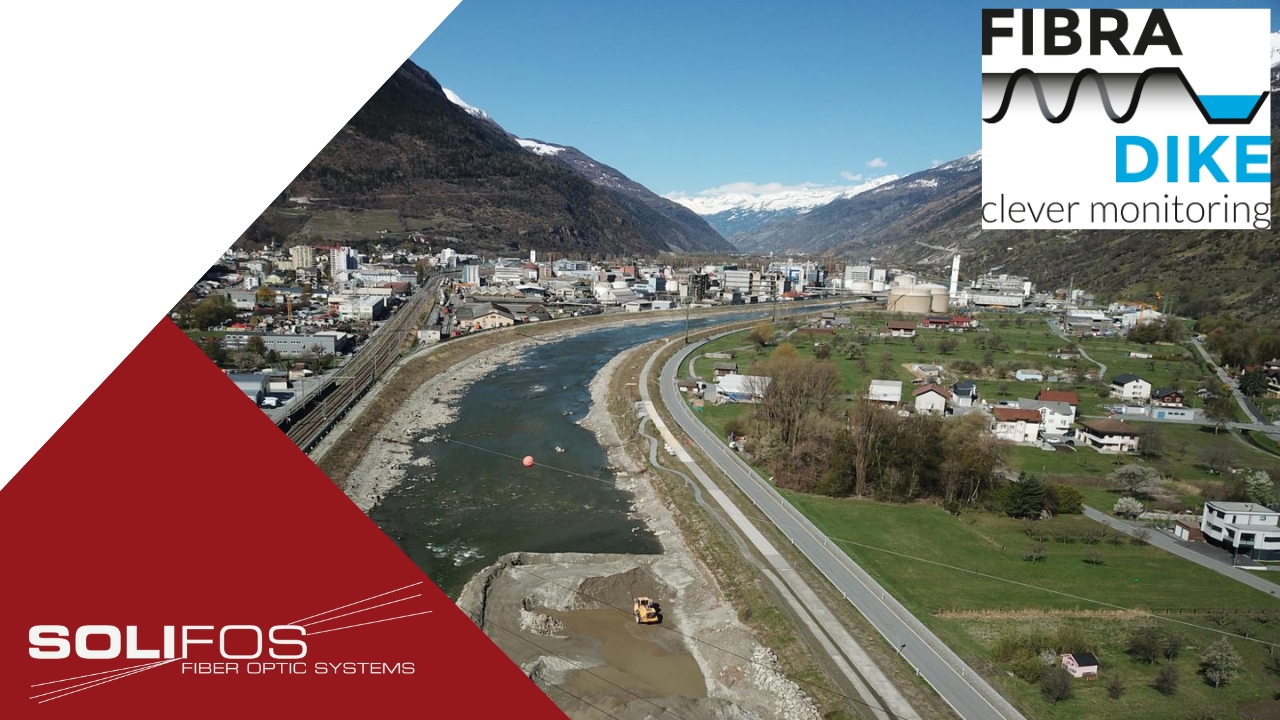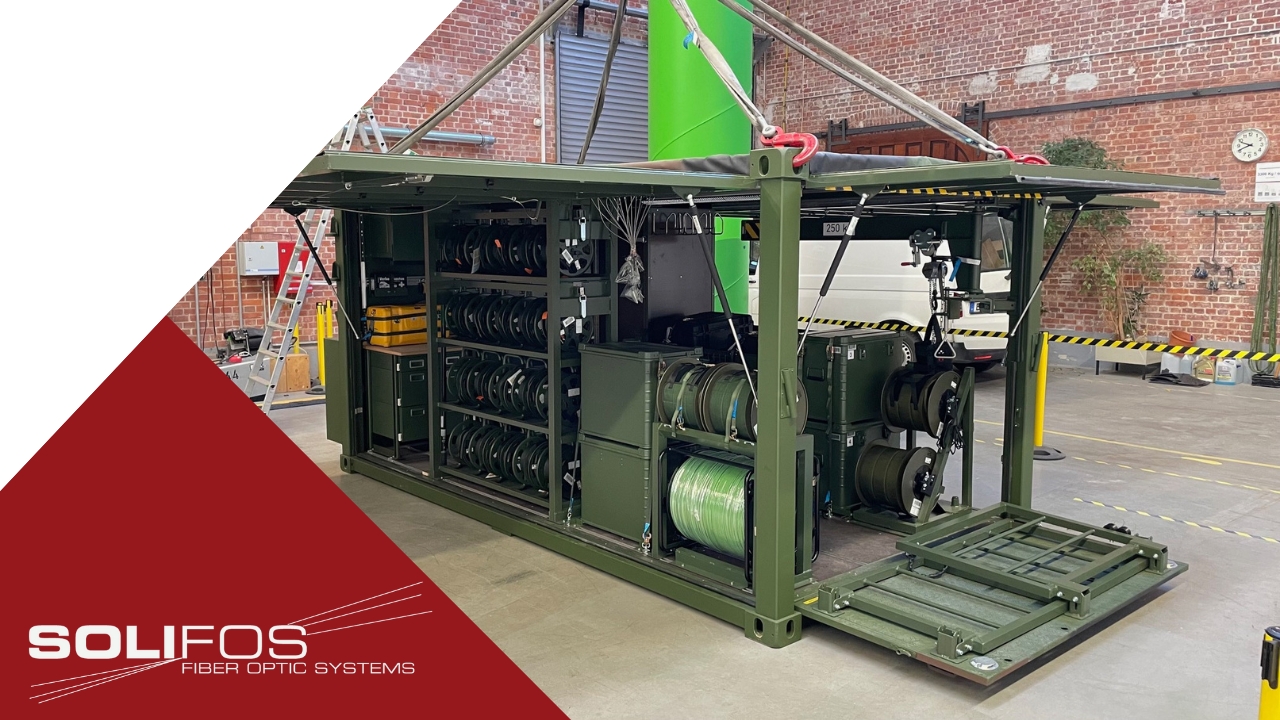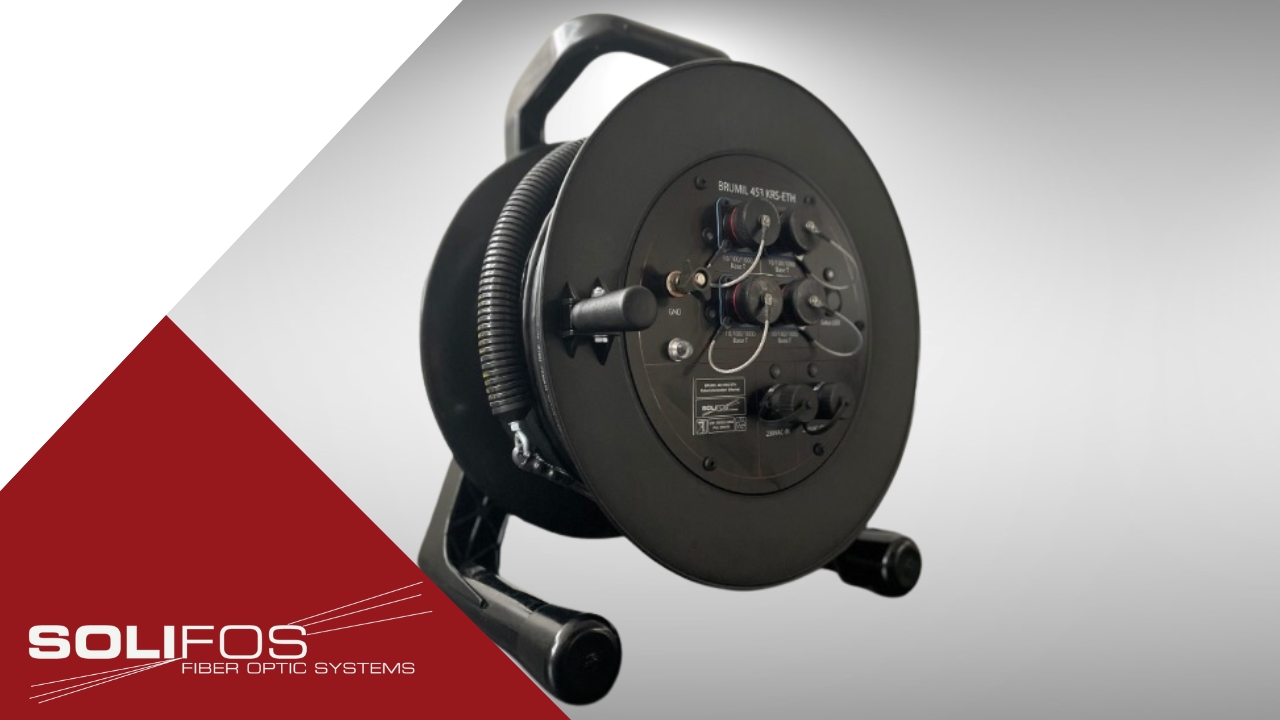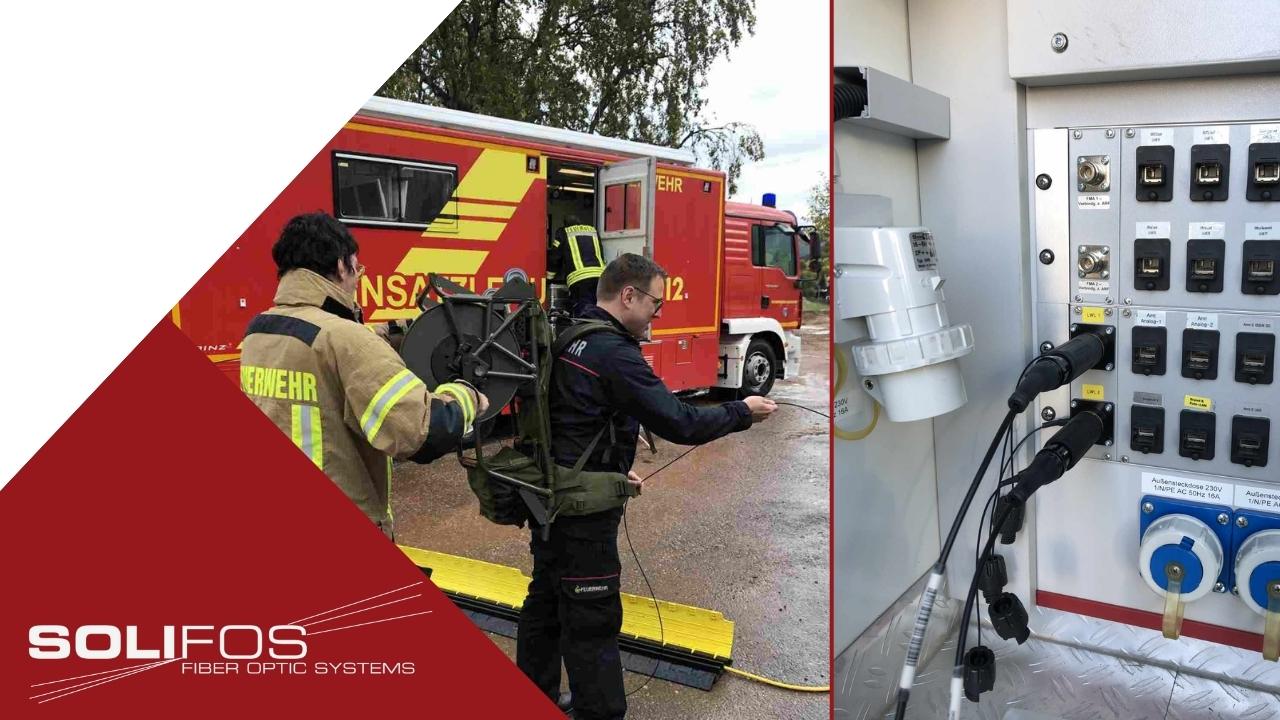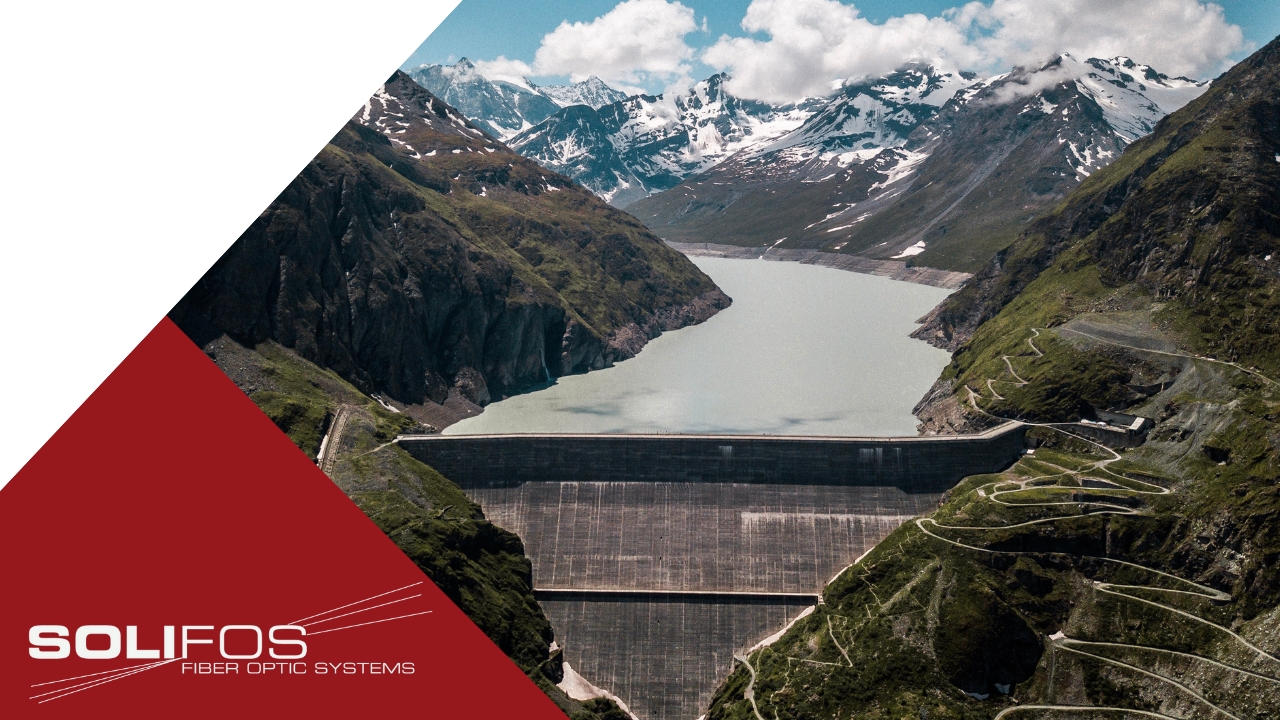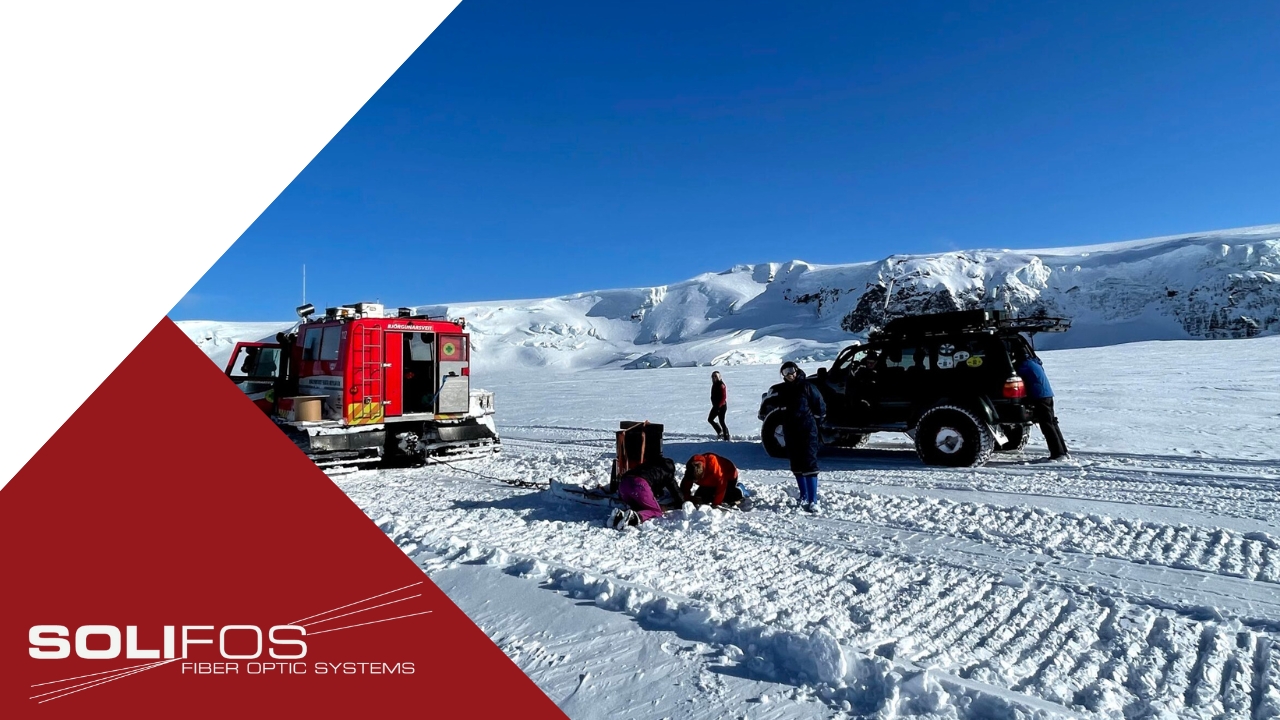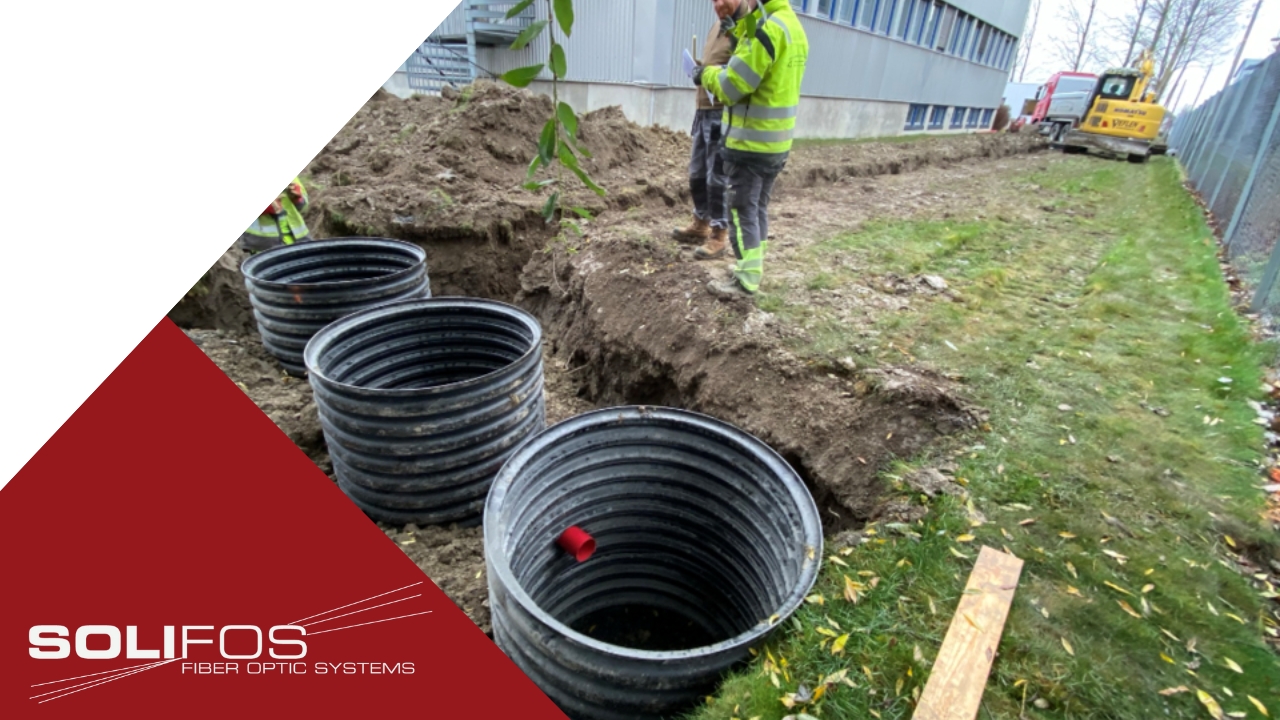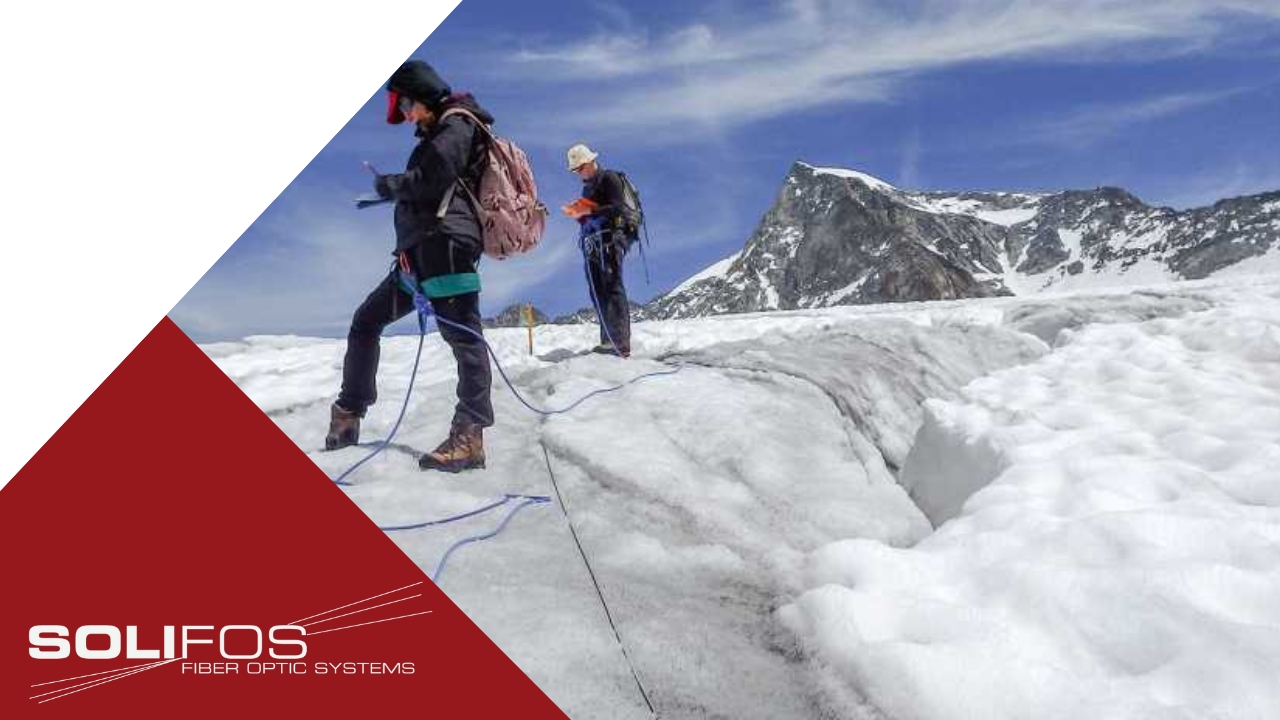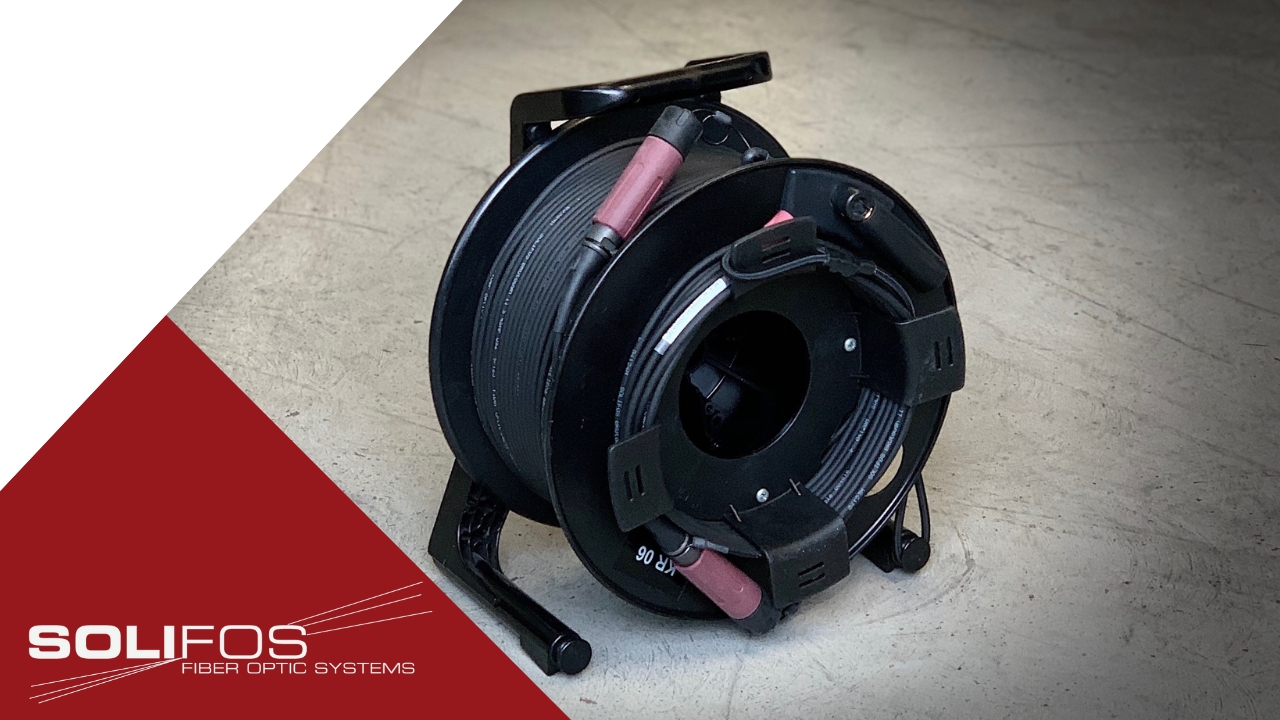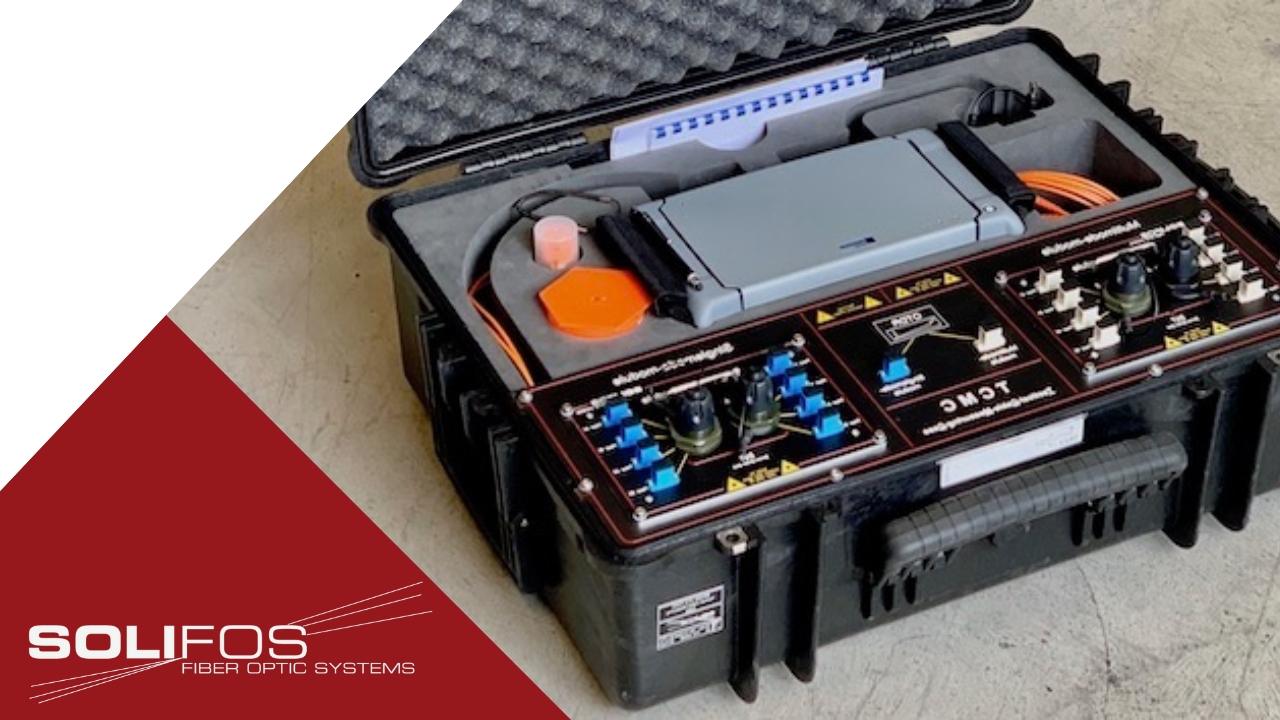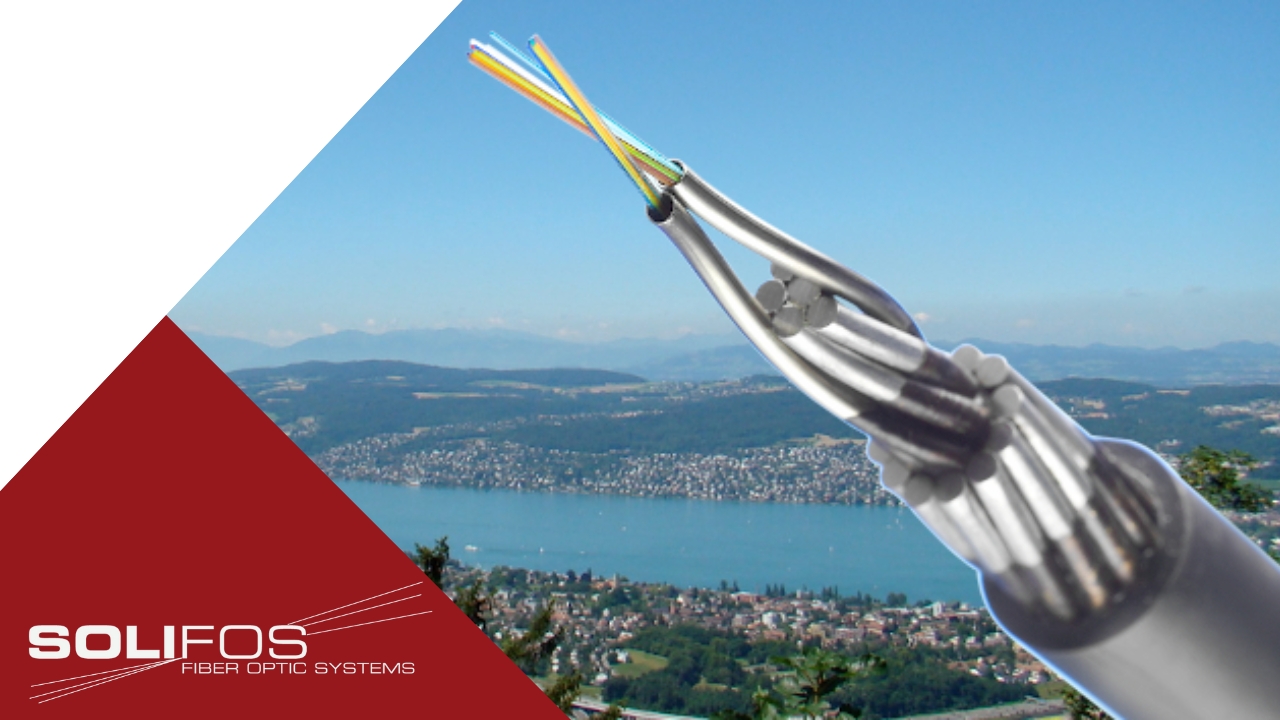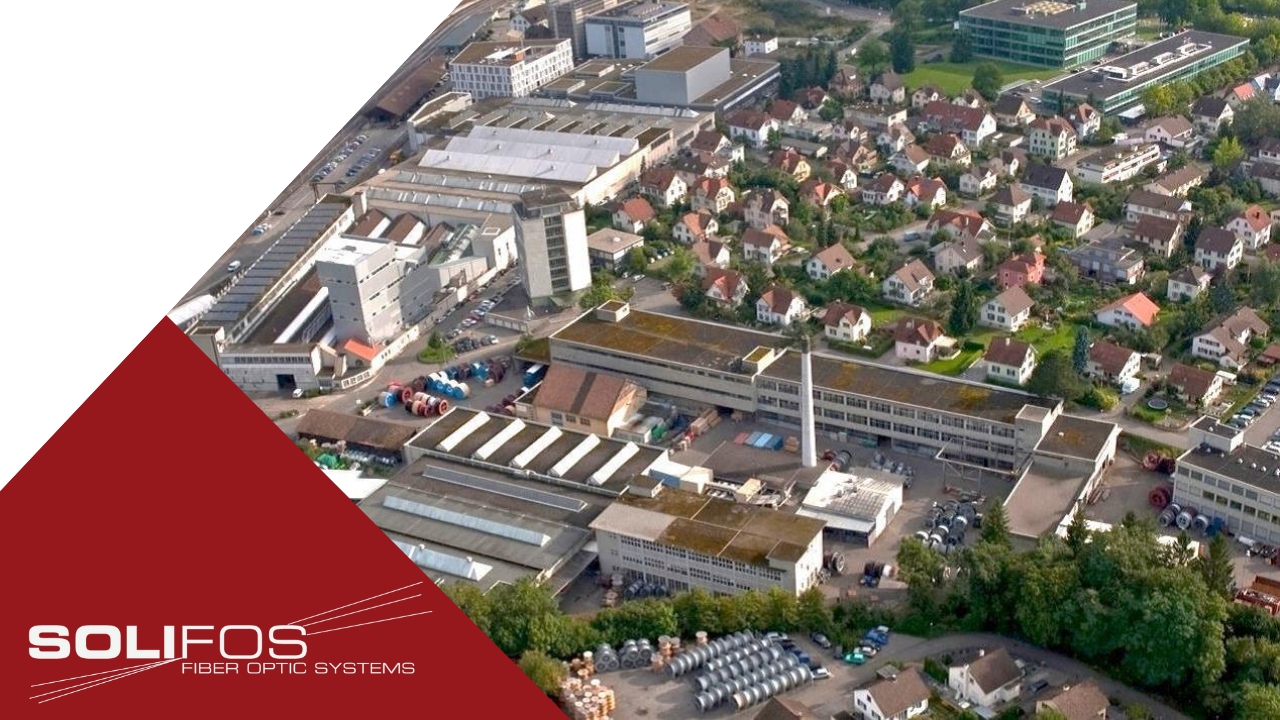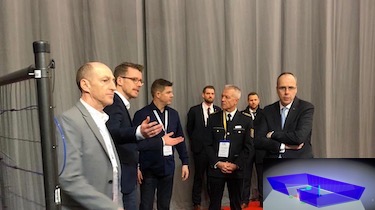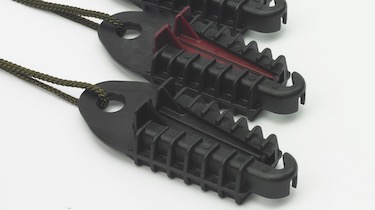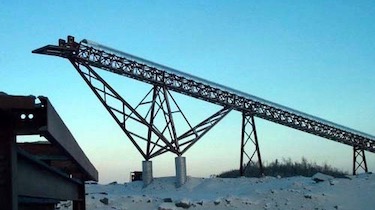Solifos Technology in Action: New Insights into Greenland Ice Dynamics
Understanding glacier movement is crucial for scientific research and engineering applications, whether in climate science, geophysical modeling, or infrastructure projects in extreme environments. As part of the East Greenland Ice Core Project (EastGRIP), researchers have made a groundbreaking discovery: seismic cascades occurring deep within the ice that cannot be detected with conventional measurement methods.
Using state-of-the-art Distributed Acoustic Sensing (DAS) technology and a high-precision fiber optic cable from Solifos, scientists have now proven for the first time that ice streams are influenced not only by viscous flow but also by brittle deformation and seismic activity. This discovery has the potential to revolutionize existing ice dynamics models and has direct implications for sea level rise predictions.
Distributed Acoustic Sensing (DAS) as a Key Technology
To measure these previously unknown glacier movements, a fiber optic cable was deployed as a continuous sensor and lowered 1,500 meters into a 2,420-meter-deep borehole within the ice sheet. DAS technology enables the precise detection of acoustic signals and microseismic activities along the entire cable length—offering a significant advantage over traditional single-point sensors.
Key Findings of the Measurements:
- First-ever identification of seismic cascades within the ice
- Higher deformation rates than previously considered in models
- Previously unknown effects of impurities and temperature on glacier movement
These findings indicate that existing ice dynamics models need to be revised to incorporate these newly discovered processes.
Why Solifos? Precision Fiber Optic Solutions for Extreme Environments
The selection of the right sensor cable was critical to the success of this project. Solifos developed a fiber optic cable specifically designed for extreme temperatures and high-pressure conditions, enabling highly accurate measurements.
Key Features of Solifos DAS-Enabled Fiber Optic Cables:
- Highest sensitivity for Distributed Acoustic Sensing (DAS)
- Exceptional mechanical durability for long-term monitoring campaigns
- Resistant to temperatures as low as -40°C and high hydrostatic pressure
This technology enables precise measurements in geothermal boreholes, marine deep-sea monitoring, and industrial applications.
Relevance for Science, Engineering, and Geophysics
The EastGRIP project demonstrates that Distributed Acoustic Sensing (DAS) is opening new possibilities for monitoring geophysical processes. This technology has broad applications in:
- Universities & Research Institutions – New methodologies for studying ice dynamics and climate change
- Engineers & Geophysicists – More accurate models for simulating ice flows and glacier dynamics
- Project Managers in Infrastructure & Environmental Engineering – Early detection of geophysical risks in sensitive environments
The high-precision sensing technology developed by Solifos supports advancements in geophysical modeling, enhances scientific predictions, and unlocks new applications in seismic monitoring.
You can find the full article from The New York Times on the project here: New York Times Article
The scientific paper can be found here: Hidden cascades of seismic ice stream deformation | Science
Image: Lukasz Larsson Warzecha/LWimages




